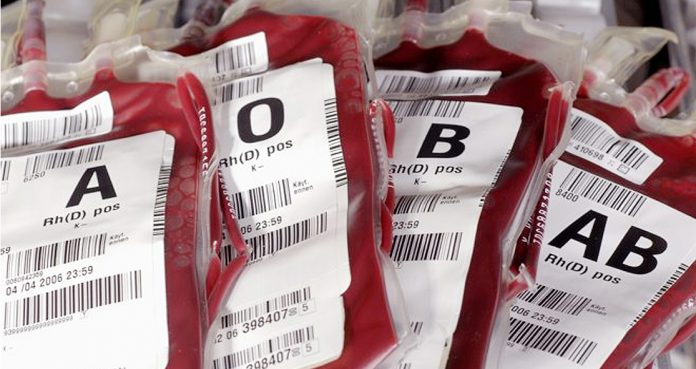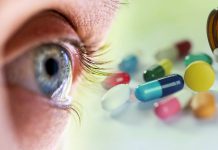A new study published in the Journal of Pharmaceutical and Biomedical Analysis has found that the blood samples collected for blood transfusions contained caffeine and traces of Xanax (alprazolam), a drug used to treat anxiety and panic disorder.
Researchers from Oregon State University found caffeine in 100 percent and Xanax in 72 percent of blood samples destined for transfusions.
Of 18 batches of human blood serum examined, the researchers found caffeine in all of the samples, Xanax in 13 samples, and dextromethorphan (an OTC cough suppressant) in 8 samples.
The researchers have warned that their findings show a greater risk for contamination of blood samples used for transfusions.
Study author Chen from Oregon State University said, “From a ‘contamination’ standpoint, caffeine is not a big worry for patients, though it may be a commentary on current society. But the other drugs being in there could be an issue for patients, as well as posing a problem for those of us doing this type of research because it’s hard to get clean blood samples.”
Study co-author Richard van Breemen and Chen were not set out to test caffeine levels in blood samples. In fact, they wanted to test a new way of screening drug interactions in the blood samples.
They wanted to see whether drugs interact with supplements, such as hops or licorice, and determine whether herbs metabolize drugs differently, which is a common cause of concern because many Americans take supplements for a variety of health issues.
van Breeman said, “Botanicals basically contain natural products with drug-like activities. Just as a drug may alter the drug-metabolizing enzymes, so can natural products. It can become a real problem when someone takes a botanical supplement and is also on prescription drugs – how do those two interact?”
“It’s not straightforward or necessarily predictable, thus the need for methods to look for these interactions,” he added. “The odd thing in this case was finding all the tainted blood.” “The study leads you in that direction, though without doing a comprehensive survey of vendors and blood banks we can only speculate on how widespread the problem is,” continued van Breemen. “Another thing to consider is that we found drugs that we just happened to be looking for in doing the drug interaction assay validation – how many others are in there too that we weren’t looking for?”























